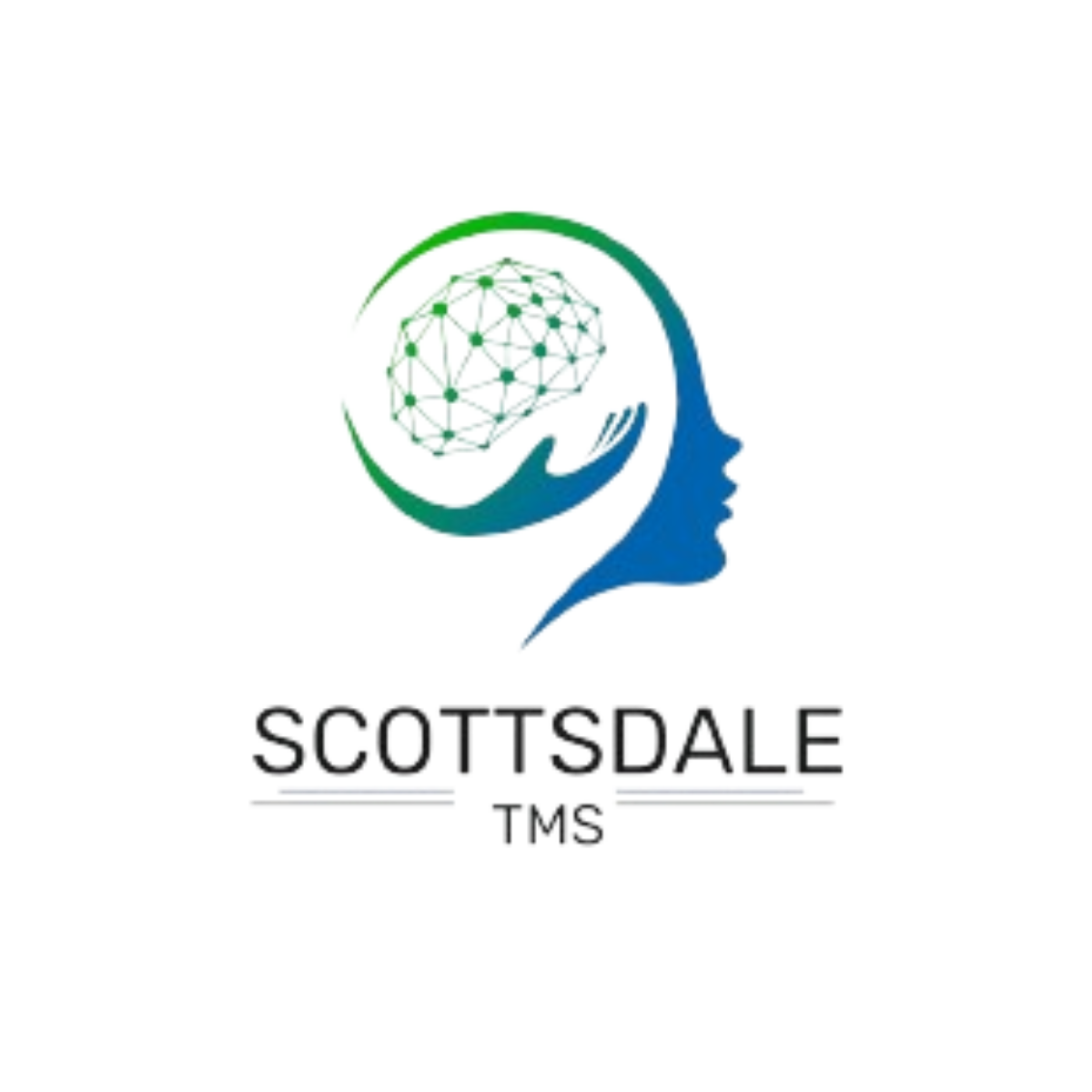Mental health treatment has evolved significantly with the introduction of transcranial magnetic stimulation (TMS) therapy. This innovative approach uses magnetic field technology to stimulate specific brain regions, offering hope for patients with treatment-resistant depression and other mental health conditions.
Today, multiple types of TMS stimulation are available, each designed to address different patient needs and treatment goals. Understanding the various TMS treatment options can help patients make informed decisions about their care.
Questions Answered in This Article:
Our Alcohol Addiction Treatment Programs

Scottsdale Rehab
Luxury Personalized Rehab

Hart Rehab
Holistic Luxury Personalized Rehab

Scottsdale Detox
Luxury Medical Detox
How Does TMS Therapy Work?
TMS works by delivering magnetic pulses to targeted brain areas through a magnetic coil placed against the scalp. This non-invasive procedure creates a magnetic field that penetrates the skull and stimulates neurons in specific brain regions associated with mood regulation.
The magnetic field generated during TMS treatment is similar in strength to an MRI machine but is applied in short, focused bursts. This targeted stimulation helps restore normal brain activity patterns, particularly in areas that may be underactive in conditions like depression.
Different Types of TMS Stimulation
Different types of TMS exist because researchers have discovered various ways to optimize the delivery of magnetic pulses. Each approach varies in pulse frequency, intensity, and targeting method, allowing clinicians to customize treatment based on individual patient needs and specific mental health conditions.
Repetitive TMS (rTMS)
Repetitive transcranial magnetic stimulation (rTMS), represents the original and most widely studied form of TMS therapy. The Food and Drug Administration (FDA) first approved rTMS for treating depression in 2008, making it the foundation of modern TMS treatment.
rTMS delivers magnetic pulses in repetitive patterns, typically at high frequencies (10-20 Hz) or low frequencies (1 Hz). High-frequency stimulation generally excites brain activity, while low-frequency stimulation tends to inhibit it. This flexibility allows clinicians to target different brain regions based on the specific mental health condition being treated.
The standard rTMS protocol involves treatment sessions lasting 30-40 minutes, conducted five days per week for four to six weeks. rTMS has demonstrated significant effectiveness in treating depression, with studies showing response rates of 50-60% in patients with treatment resistant depression.
Deep TMS (dTMS)
Deep TMS (dTMS) represents an advancement in TMS technology, utilizing specialized H-coils to penetrate deeper into brain tissue. Unlike traditional rTMS, which primarily affects surface brain regions, dTMS can stimulate areas up to 6 centimeters below the skull surface.
This deeper penetration may be particularly beneficial for patients who haven’t responded well to traditional rTMS treatment. dTMS treatment sessions typically last 20 minutes and follow a similar schedule to rTMS, with five sessions per week for four to six weeks.
Intermittent Theta Burst Stimulation (iTBS)
This innovative approach mimics the brain’s natural theta rhythm, delivering pulses in specific patterns that may enhance neuroplasticity more effectively than traditional methods.
iTBS sessions are remarkably brief, lasting only 3-10 minutes compared to the 30-40 minutes required for standard rTMS. Despite the shorter duration, iTBS delivers the same therapeutic benefit as longer treatment sessions, making it an attractive option for busy patients.
Comparing TMS Stimulation Types
When evaluating different types of TMS treatment, several factors distinguish each approach. Traditional rTMS offers the most extensive research base, with decades of clinical studies supporting its effectiveness in treating depression and obsessive-compulsive disorder (OCD). This established track record makes rTMS a reliable choice for many patients.
dTMS provides deeper brain penetration and broader stimulation patterns, potentially benefiting patients with severe or treatment resistant depression. The ability to target larger brain networks may address complex neural circuits that contribute to persistent symptoms.
iTBS offers the advantage of significantly shorter treatment sessions while maintaining therapeutic effectiveness. This efficiency can improve patient compliance and reduce the overall burden of treatment.
All three types of TMS have similar common side effects, including mild headaches, scalp discomfort, and jaw tension. The effects of TMS are generally temporary and resolve quickly after treatment sessions. Unlike electroconvulsive therapy (ECT), TMS doesn’t require anesthesia and doesn’t cause memory loss.
Which Type of TMS Should I Choose?
Selecting the appropriate TMS treatment depends on several individual factors, such as:
- Type of Condition: Patients with treatment resistant depression may benefit from dTMS due to its deeper penetration and broader stimulation patterns.
- Severity of Condition: Those with mild to moderate depression might achieve excellent results with traditional rTMS.
- Treatment History: Patients who haven’t responded to multiple antidepressants may need the enhanced targeting capability of dTMS.
- Flexibility of Schedule: Those with time constraints might prefer iTBS for its shorter session duration.
- Underlying Medical Conditions: Patients with bipolar disorder require careful consideration, as TMS can potentially trigger manic episodes.
- Availability of Program: Not all facilities offer every type of stimulation, so geographic accessibility may influence your options.
- Insurance: Insurance coverage can also vary between different types of TMS treatment.
Consulting with an experienced TMS provider is essential for making an informed decision. They can evaluate your specific symptoms, treatment history, and personal circumstances to recommend the most appropriate type of TMS stimulation for your needs.
The Future of TMS Treatment
The field of TMS continues to evolve rapidly, with researchers developing new stimulation protocols and targeting methods. Personalized TMS approaches are emerging, using brain imaging to customize treatment based on individual neural patterns.
Accelerated TMS protocols are being studied, potentially reducing treatment time from weeks to days. These intensive approaches may help patients achieve faster symptom relief while maintaining long-term benefits.
Combination therapies are also being explored, integrating TMS with psychotherapy or other interventions to enhance overall treatment effectiveness. These comprehensive approaches may provide superior outcomes for complex mental health conditions.
Finding Help and Treatment
Understanding the different types of TMS stimulation empowers patients to make informed treatment decisions. The key to successful TMS treatment lies in working with experienced providers who can evaluate your individual needs and recommend the most appropriate stimulation type.
With proper guidance and realistic expectations, TMS therapy can provide significant relief for those struggling with treatment resistant depression and other challenging mental health conditions.
If you’re considering TMS treatment, consult with a qualified provider to discuss which type of stimulation might be best suited for your specific situation and treatment goals.

